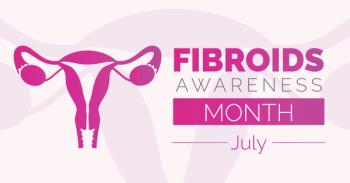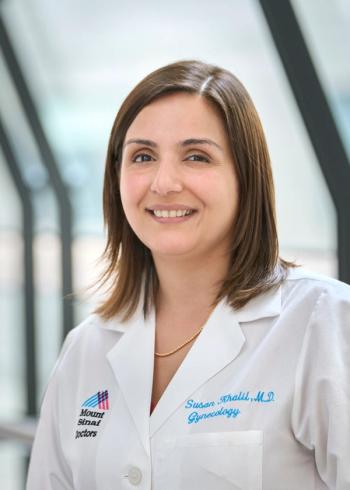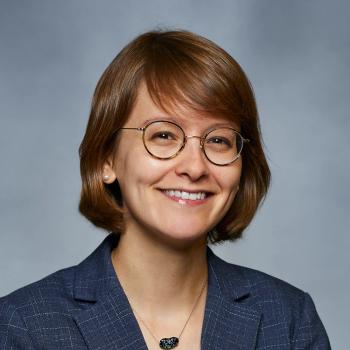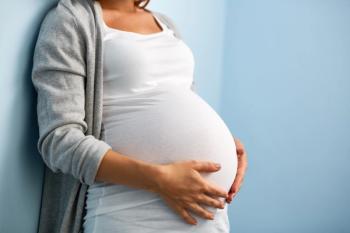
Elagolix effective for heavy menstrual bleeding due to uterine fibroids in wide range of women
“There is a large unmet need in the uterine fibroid space for noninvasive treatment options,” said Ayman Al-Hendy, MD, Ph.D., lead author of the analysis and a professor of ob/gyn at The University of Chicago.
Elagolix (Oriahnn, AbbVie) with add-back therapy was effective in reducing heavy menstrual bleeding associated with uterine fibroids, regardless of numerous patient variables, according to an analysis presented at the American College of Obstetricians and Gynecologists’ (ACOG) 2020 Virtual Conference.
The analysis used pooled data from two Phase 3 elagolix studies (Elaris UF-1 and UF-2) to gauge the effect of age; body mass index (BMI); ethnicity; race; fibroid location based on the International Federation of Gynecology and Obstetrics (FIGO) classification; uterine and primary fibroid volume; and pregnancy history.
The oral drug received FDA approval in May 2020.
“There is a large unmet need in the uterine fibroid space for noninvasive treatment options,” said Ayman Al-Hendy, MD, Ph.D., lead author of the analysis and a professor of ob/gyn at The University of Chicago. “The main form of treatment has been and continues to be surgery, typically in the form of hysterectomies, which are major surgical procedures with potential for complications and risks, both short term and long term.”
Dr. Al-Hendy believes too many hysterectomies are performed in the U.S., with roughly 600,000 per year, primarily due to uterine fibroids.
“The unmet need for an alternative that is noninvasive, safe, effective and durable was the major motivation for this research,” Dr. Al-Hendy told Contemporary OB/GYN.
The two studies, comprising a total of 791 women, evaluated the efficacy of elagolix (300 mg BID) with add-back therapy (1 mg estradiol/0.5 mg norethindrone acetate [E2/NETA]).
The primary dual endpoint was the proportion of women with <80 mL menstrual blood loss (MBL) during the final month of treatment and ≥50% MBL reduction from blood loss to the final month of treatment. The average treatment duration was 6 months.
In all subgroups of women who received elagolix+E2/NETA, the percentage of responders to the primary dual endpoint was statistically significant compared to placebo: 72.2% vs. 9.3% (P < 0.001) and -172.5 mL vs. -0.8 mL (P < 0.001), respectively.
There was also a statistically significant difference in amenorrhea: 50.4% for the combination therapy vs 4.5% for placebo (P < 0.001).
Adverse events for each subgroup were consistent with the overall study population.
“I was pleasantly surprised by the high response rate and the number of patients who responded positively to elagolix,” Dr. Al-Hendy said. “Seven out of 10 women no longer experienced heavy menstrual bleeding (HMB) compared to 1 out of 10 women on placebo.”
Dr. Al-Hendy said it is encouraging that there is now an effective and safe oral treatment to help patients with HMB due to uterine fibroids.
“Additionally, fibroid treatment recommendations have historically been based on the size and location of the fibroid(s), with submucosal fibroids growing in the uterine cavity being surgically removed,” he said. “These new data demonstrate that women treated with elagolix were able to experience the same efficacy and safety results for their symptoms, regardless of factors such as primary fibroid volume, fibroid location, and/or total uterine volume.”
FDA approval of Oriahnn is a paradigm shift in treating women with HMB due to uterine fibroids, according to Dr. Al-Hendy. “The analysis reassures us that medical management is a safe and effective treatment,” he said.
As a gynecologist, Dr. Al-Hendy hopes that uterine fibroids can soon be managed medically, with surgery as a last resort. “It is important that healthcare providers discuss all treatment options with their patients and ensure a patient-centric approach to meet their individual treatment goals,” he said.
Dr. Al-Hendy also advocates additional research in developing “fertility-friendly” options for women who seek to treat their fibroids while achieving their fertility goals.
__
Dr. Al-Hendy has provided paid consulting services to AbbVie, Bayer, Myovant, Novartis and ObsEva.
Newsletter
Get the latest clinical updates, case studies, and expert commentary in obstetric and gynecologic care. Sign up now to stay informed.
















